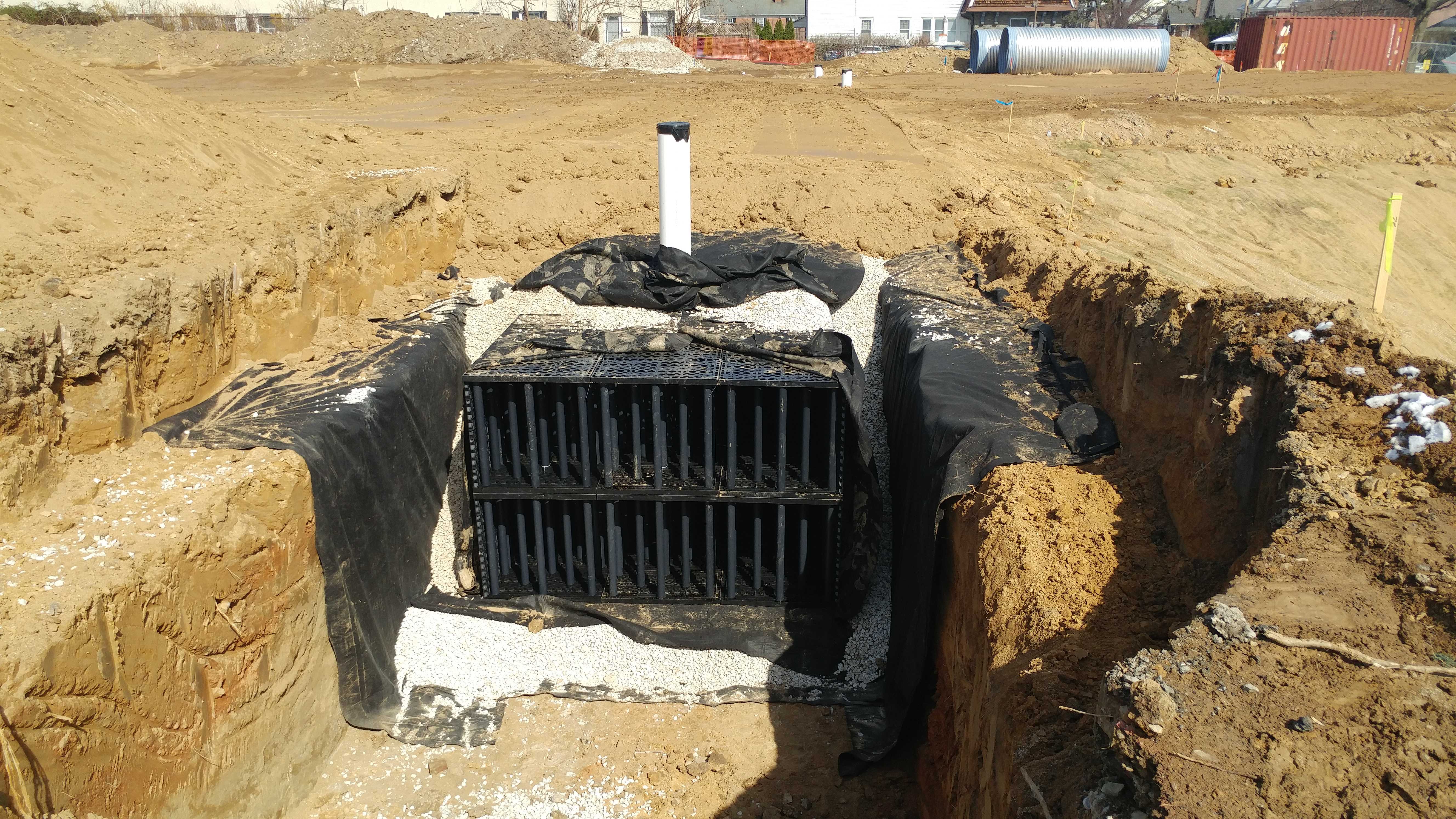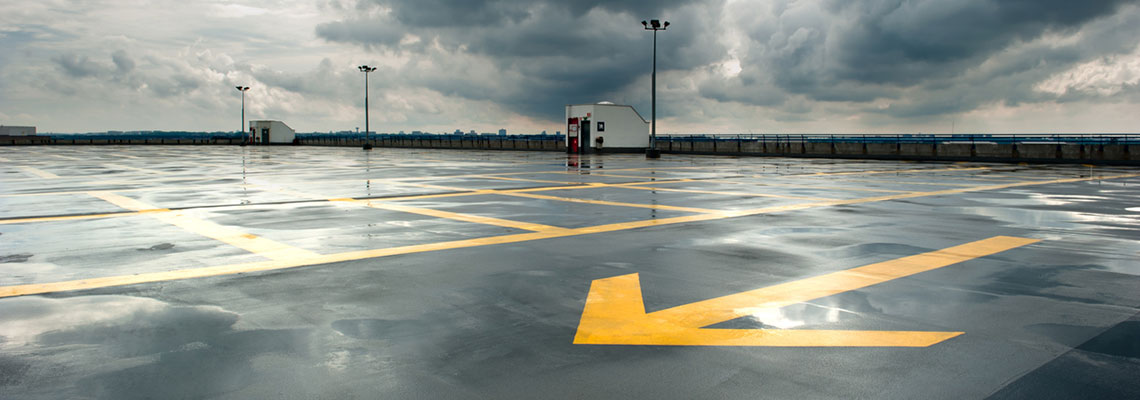What is Stormwater Management and why do I need it?
Stormwater management boils down to three main criteria; Rate (How fast?), Volume (How much?), and Quality (How clean?). When you develop a property, all three of these criteria are influenced. Let’s take a meadow as an example. When rain falls on a meadow, the rainwater hits the ground and moves relatively slowly across the site. This allows the rainwater time to infiltrate into the ground. Additionally, the native plant life and soil filters (cleans) this water before it enters the stream. What this all means is that at the point where the water leaves this site it is not traveling too fast, a lot of the water has been infiltrated back into the ground, and the water that does leave is very clean. Now take that meadow and construct a building, parking lot and walkways. These are what are known as impervious surfaces. These impervious surfaces do not allow water to infiltrate through them. So you have the same amount of rainwater hitting a site but much less opportunity to infiltrate. This lack of infiltration results in more of the rainwater running off of the site at a much faster rate. Compound this with the fact that we now have points of pollution on the site (cars, lawn fertilizer, etc.). Left unchecked, this stormwater will erode stream banks, fill the stream with silt, and kill the plant and animal life that rely on the stream. This is where the requirement for stormwater management comes in. Stormwater management can be accomplished in many different ways but the principal is the same. Collect the rainwater, allow an equivalent amount to infiltrate for the design storm, and slowly let out the rest in attempt to mimic the existing conditions.
When designing stormwater management there are a lot of things to consider. We first start with figuring out how much stormwater needs to be treated. Then we start looking at where on the site will this best be suited. We need to be below the proposed improvements to allow gravity to do the work. We need to be in good soils so that the stormwater can infiltrate into the soil. We need to work around the client’s desires and not claim prime real estate for the stormwater management system. If we have unlimited space, a basin is a great option and relatively cheap to construct. A basin is a depression we cut into the ground and allow to fill up with stormwater. If a basin is not feasible, we can move the stormwater underground. The least expensive way to store stormwater underground is typically to create a stonebed (also referred to as a seepage bed or infiltration bed.) This is clean stone wrapped in fabric which is able to store stormwater between the voids in the stone. If a stonebed is not feasible we can use very large pipe to store this stormwater. Furthermore, if pipe still takes up too much space we can go to one of many different proprietary systems designed to maximize the volume held and minimize the footprint. Whenever we take on a project we evaluate all of these different alternatives so that our clients know what their options are.

